The materials used in making a wedding dress can immensely influence the whole event. Many different fabrics may go into making a wedding gown, and while you may not think the fabric choice itself would have that much of an impact, you’d be wrong. Some of the areas affected include costs, dress silhouette, and how formal the dress is. It is, therefore, essential to be so that you can be confident with your decision.

Available Materials
1. Satin
Satin is one of the commonly used materials in gown making. It is a fabric finish that can be made from either polyester, pure silk, or a blend of both. Satin is also versatile and durable. If you want a more structured gown, satin would be the best material of choice because it has a smooth finish. The satin fabric fits all body types, and that is one of the primary reasons for its popularity. You can use satin for making ball, draped, or ruched gown styles depending on your taste. This material is also very costly, and hence requires proper financial planning.
2. Chiffon
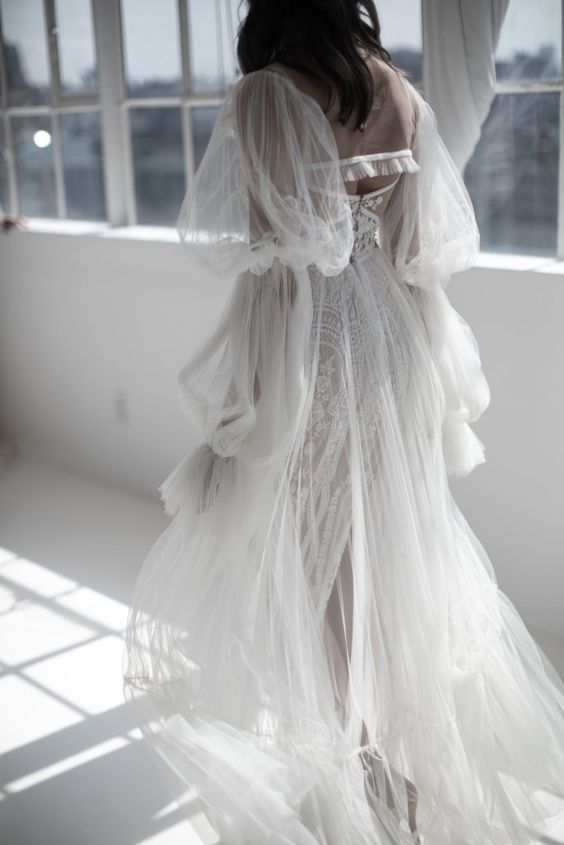
Galia Lahav
Chiffon is also another commonly used fabric in gown making. It is lightweight and sheer. The material is usually used in layers because it is sheer, although it doesn’t fray easily. It also has a floaty, weightless look that’s quite delicate. Chiffon is often used in making overlays, sleeves, wraps, and overskirts. It might interest you to know that chiffon comes in various colors, too.
3. Charmeuse
You can also choose Charmeuse. This fabric is machine woven from silk or synthetic fibers. It is typically used in lingerie because it is light and soft. Charmeuse flows well on the body since it drapes on body contours. One easy way of identifying Charmeuse fabric is that it is shiny on one side and matte on the other. With its rich, delicate, and luxurious feel, Charmeuse stands among the best wedding dress materials ever. Although the fabric is cheaper than silk satin, it is more expensive than most other synthetic fabrics. In case you consider this material, then plan on setting a date during the warmer months, as it is not very insulating.
4. Organza
You should also consider organza for your wedding dress. It’s traditionally made from silk fabric that is sheer and lightweight. The material is stiffer and more structured than chiffon. It is a better option for warmer weather weddings, too. If you want a simple yet elegant look, then organza would be a good option for you. It is light but strong enough to hold a bit of beadwork and embroidery. The fabric is also perfect for beach weddings. Organza is an excellent material that moves slowly through the air. A dress made from it will make you appear gracious and elegant on your wedding day.
5. Lace
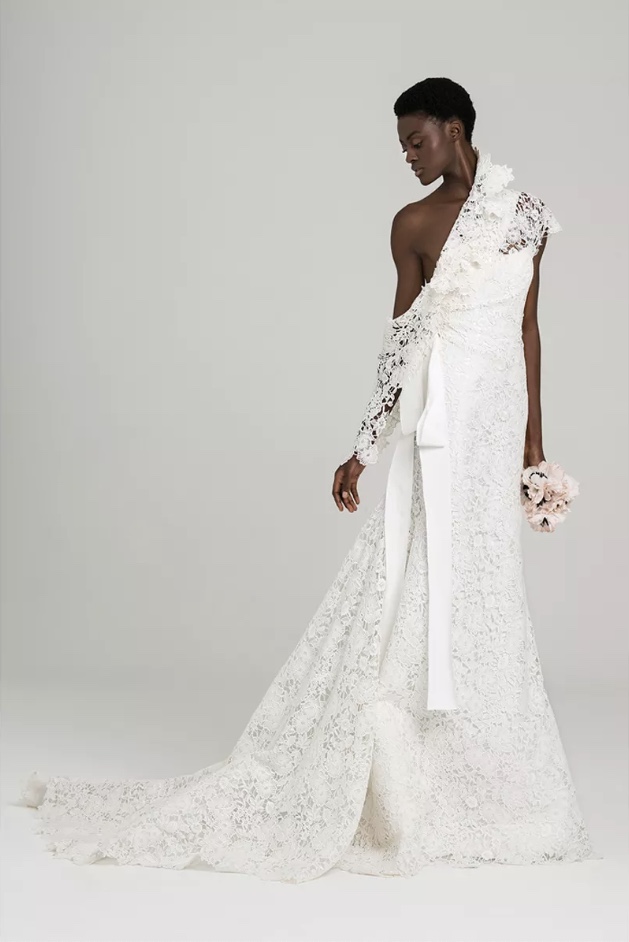
Lace is made with open holes, either manually or with a machine. Different lace materials can be used in making the wedding gowns. Any material that is made of lace adds so much grace to a wedding dress. Some of the common lace materials include Chantilly, Alençon, and Venise. Of all the materials, Venise lace is denser and more textured. The Venise lace is, therefore, the best choice for your colder wedding months.
6. Tulle
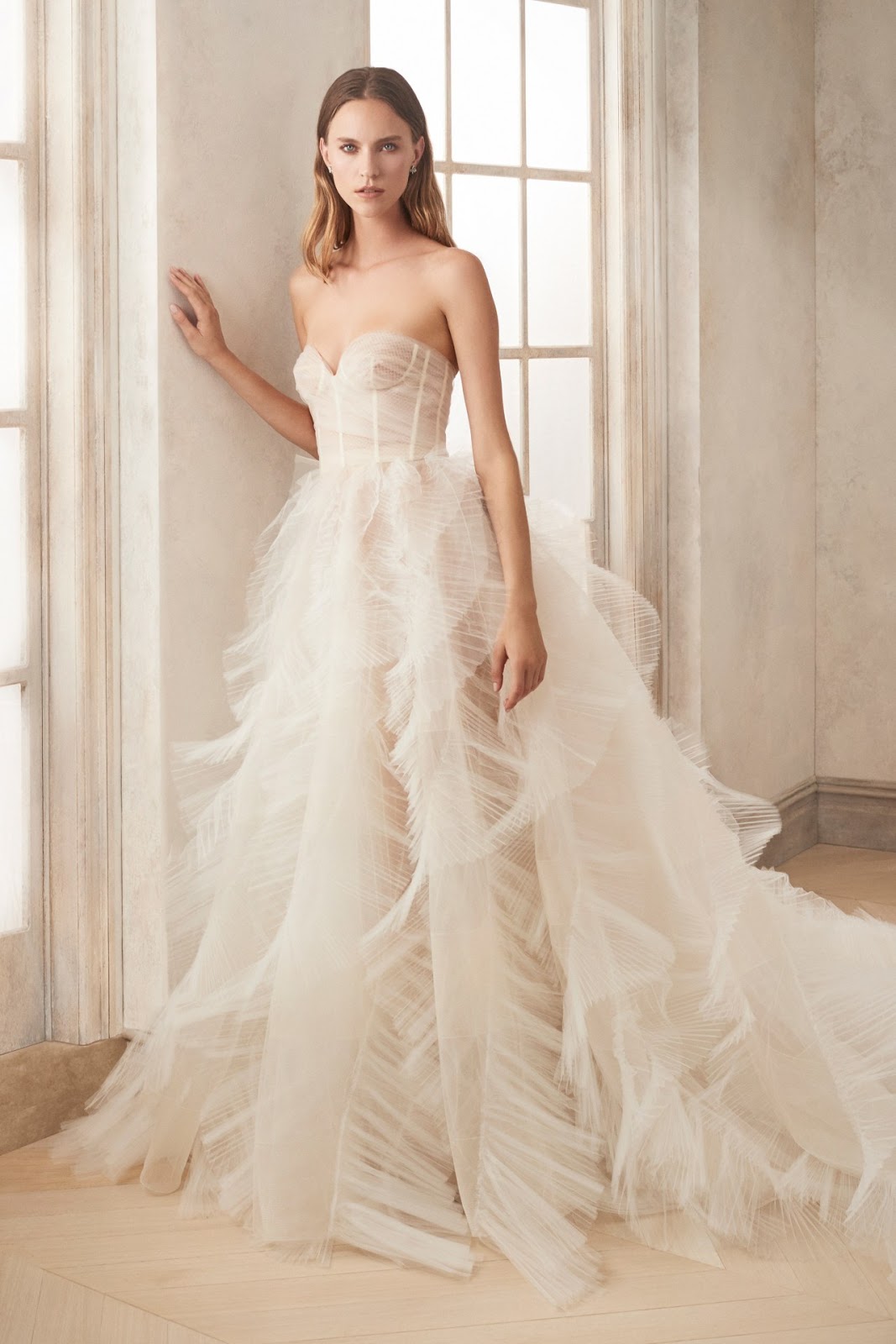
Tulle is a net-like fabric that this sheer with an open weave that looks like netting. Lace designs can also be incorporated when making Tulle wedding dresses. The material is quite delicate and can easily get snagged on jewelry. It is a good one, but it would be preferable to consider other choices for use in large quantity.
7. Georgette
Georgette is a flowy, sheer fabric with an excellent drape. The fabric has a wavy look and texture that makes it a perfect material for a wedding dress. The material is also lighter than a crepe. If you are someone who likes light and free dresses, then this would be your perfect choice.
How a wedding dress material impacts you
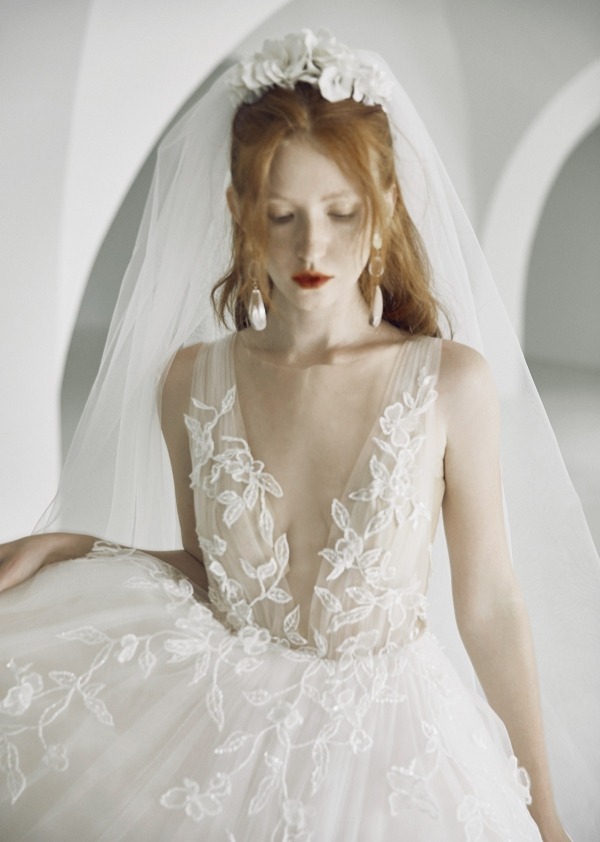
When planning for a wedding, the dress usually is one of the first things that you prioritize. The materials you choose will impact several things in the wedding planning. Knowing what materials you prefer will help narrow down your search for that offer more dresses like that. Other factors that might affect wedding planning include, but are not limited to:
- The amount of money you will use
- The season of the wedding
- The location
- Time of the day
- The type of jewels to use
- The hairstyle that you will select
- Accessories that you will use during the wedding
These factors, as mentioned above, must be considered when choosing the perfect wedding gown for your big day. For the , it is recommended that you begin the search early and think through all the implications clearly.
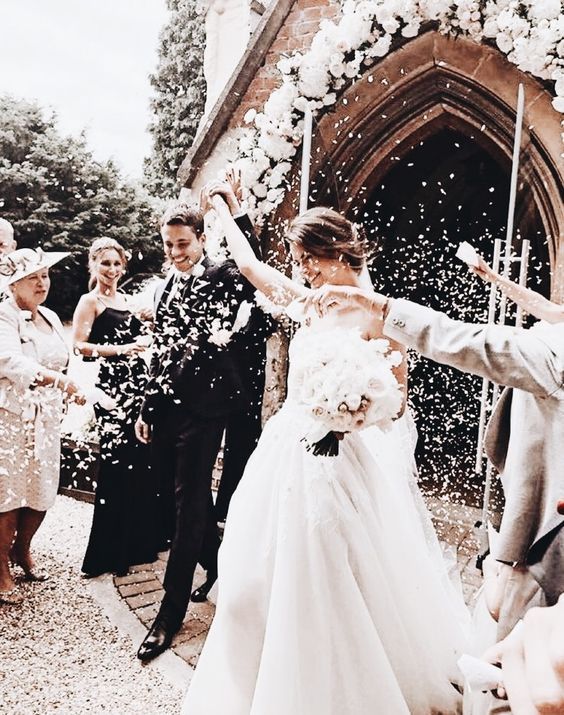
Conclusion
With so many great and varied fabrics for wedding dresses — satin, chiffon, tulle, Charmeuse, lace, georgette and organza — you’ve got your work cut out for you. And these are just the most commonly used materials. You could opt for something entirely different. The type of fabric that you choose will affect your budget, location, wedding accessories, and even the hairstyle.
Visit:





























